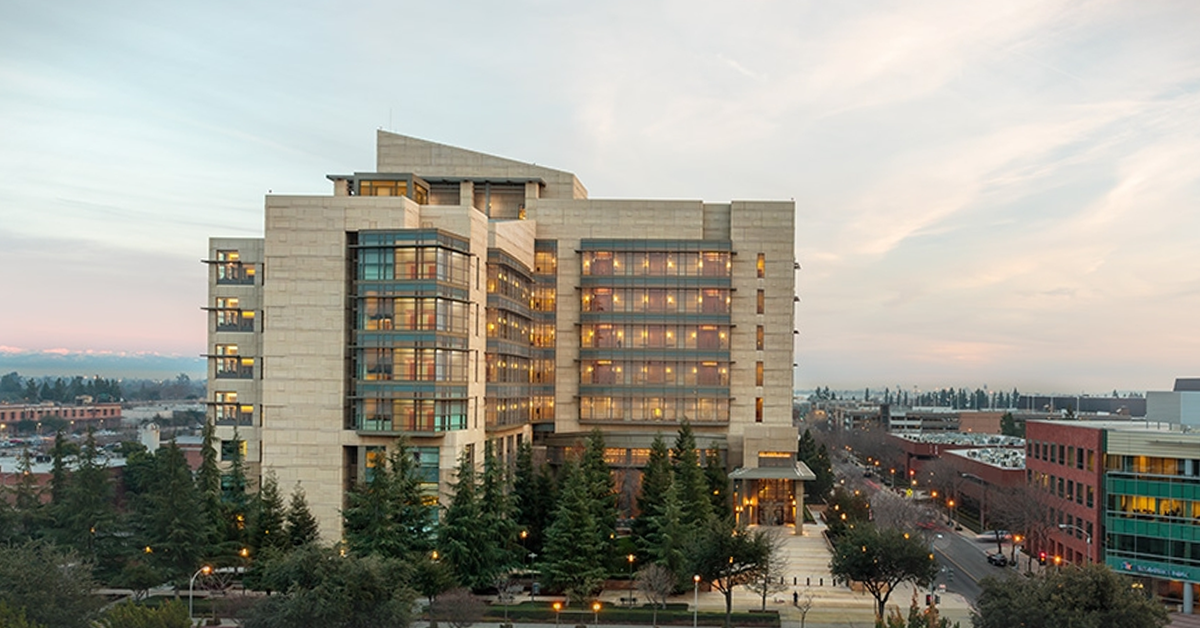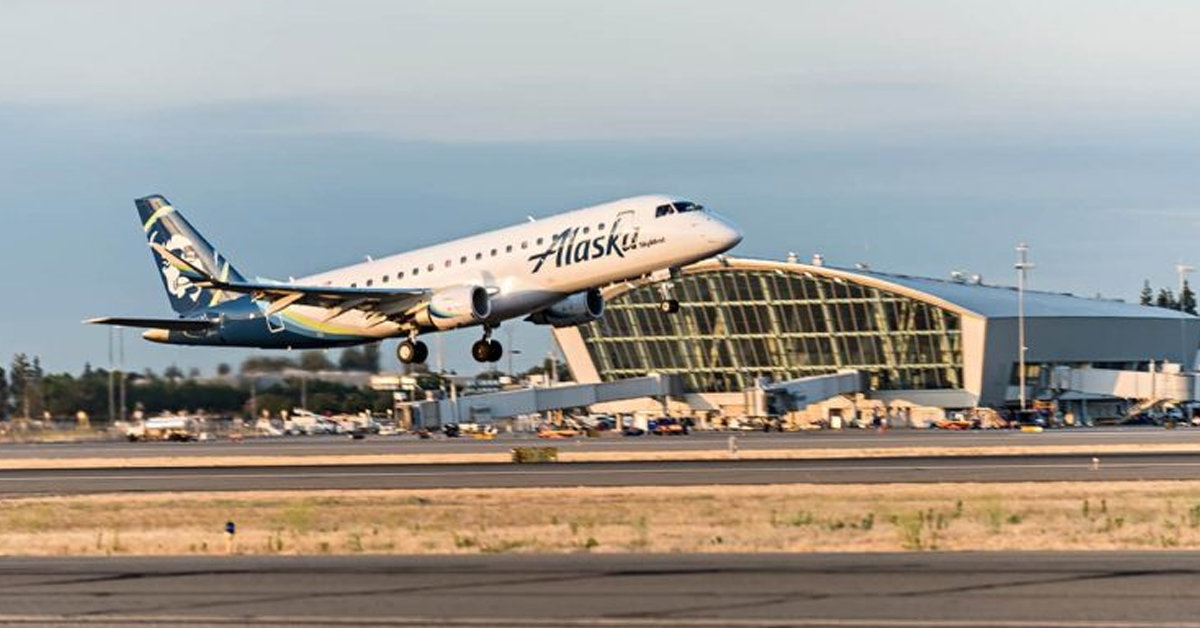The Fresno City Council has two new members in Miguel Arias and Nelson Esparza. City Hall has a new official Transportation Director in Greg Barfield, who has dropped the “interim” label from his job title.
Now is as good a time as any to take a look at the state of Fresno Area Express.
A report on the public transportation systems in Fresno County went in mid-January to the Fresno Council of Governments’ Social Services Transportation Advisory Council. FAX is the biggest such system.
Let’s take a brief look at FAX operating numbers during the four-year period of 2015 to 2018 (fiscal years, beginning July 1 and ending June 30).
Here are 10 takeaways from the detailed report:
1.) Operating costs were $39.8 million in FY15, dipped to $36.1 million in FY16, rose to $37.7 million in FY17 and hit $41.7 million in FY18.
Operating costs rose nearly 5% from FY15 through FY18.
2.) FAX delivered 11,364,431 unlinked passenger trips in FY15. An unlinked passenger trip is a trip on a transit vehicle regardless of the type of fare paid or transfer presented. FAX delivered 9,750,802 unlinked passenger trips in FY18.
That is a drop of 14.2%. However, the FY18 total is nearly 128,000 higher than in FY17. It should be noted that the long-awaited Bus Rapid Transit system went live in early 2018.
3.) Fare box revenue was $8.5 million in FY15. It had dropped to slightly under $6.1 million by FY18 (28.6% drop).
4.) FAX’s total labor hours were 594,480 in FY15; 605,438 in FY16; 670,478 in FY17; and 721,204 in FY18.
5.) FAX’s operating cost per passenger was $3.50 in FY 15; $3.38 in FY16; $3.92 in FY17; and $4.28 in FY18.
6.) FAX’s total actual vehicle revenue service hours totaled 329,091 in FY15 and 374,764 in FY18 (an increase of 13.9%).
“Vehicle revenue service hours” means when a bus was on the streets, providing revenue service.
7.) FAX’s total actual revenue service miles totaled nearly 3.9 million in FY15 and slightly more than 4.3 million in FY18 (an increase of 12.1%).
“Revenue service miles” means the number of miles all the buses traveled while providing revenue service.
8.) FAX’s average operating cost per revenue mile was $10.29 in FY15. It had dropped to $9.62 in FY18.
However, it should be noted that average operating cost per revenue mile was $9.29 in FY16 and $9.51 in FY17.
9.) FAX’s average operating cost per revenue hour was $121.00 in FY15 and $111.31 in FY18.
However, it should be noted that average operating cost per revenue hour was $109.21 in FY16 and $110.64 in FY17.
10.) FAX’s average fare per passenger was 75 cents in FY15; 71 cents in FY16; 79 cents in FY17; and 62 cents in FY18.
(Permit me to insert here one more detail about FAX. This comes from a report that will go to COG’s Policy Board on Thursday, Jan. 31. The report includes FAX budget projections for the current 2018-2019 fiscal year. FAX operating expenses are expected to be $54.5 million. Its fare box revenues are expected to be $6.62 million. That’s a ratio of 12% vs. a required minimum ratio of 20%. Local support boosts the ratio well above the minimum level. I don’t know why one COG report has operating costs of $41.7 million in FY 2017-18 and another COG report has anticipated operating expenses in FY 2018-19 of $54.5 million. That’s a mighty big jump if the two public reports are comparing apples to apples.)
There is no doubt that FAX is taking an aggressive, innovative approach to many of the same public transportation challenges that bedevil cities all across America. The name “Bus Rapid Transit” speaks for itself. BRT serves the Blackstone and Ventura/Kings Canyon corridors. The FAX 15 service along other heavily traveled corridors is almost as time-efficient for consumers. FAX has deals with Fresno State and Fresno City College to boost ridership among students at no cost to the students. FAX is investing in better bus stop infrastructure. On my walks I’m constantly bumping into city crews cleaning FAX bus stops. And FAX officials are diligent in their “outreach” to the community. FAX officials want to know how they can make FAX better. FAX officials make sure the community is well informed before changes in service are implemented.
That being said, the numbers in the COG Transportation Advisory Council report show that FAX by many key measurements is a system that keeps getting more expensive to operate. At the same time, FAX is serving fewer customers while Fresno’s population continues to grow and the desire for successful “transit-oriented development” grows in policy-making circles. Overall it all is the incessant revolution in personal transportation that an essential feature (blessing) of American life.
Congratulations to Miguel, Nelson and Greg. Congratulations, as well, to veteran Council Members Esmeralda Soria and Luis Chavez, who also took the oath of office in early January. They along with Council President Steve Brandau and Council Members Garry Bredefeld and Paul Caprioglio have their hands full when it comes to crafting the future of FAX. Many in Fresno are counting on them to succeed.








